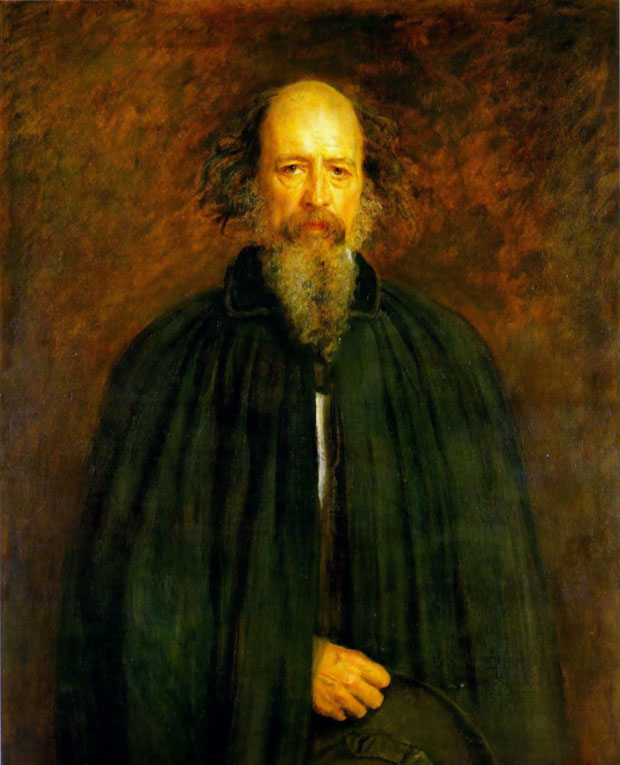
John Everett Millais - portraitist to the stars
Did The Pre-Raphaelite painter’s later works set the standards for public image making?
Best known for his naturalistic settings and vividly renderings of feminine beauty, the Victorian painter John Millais went on to paint some of the most prominent public figures of his time. Jason Rosenfeld’s new book John Everett Millais covers not only the artist’s ground-breaking early work as part of the Pre-Raphaelite Brotherhood, but also his later pieces, dismissed by contemporaries such as John Ruskin and William Morris as commercial hack work.
Professor Rosenfeld argues these paintings, unjustly neglected at the time, established modern representation of politicians and other key figures of the day, at a time when mechanical image reproduction was bringing these subjects closer to their populous. Read on for some exclusive quotes from Rosenfeld on Millais’ key portraits.
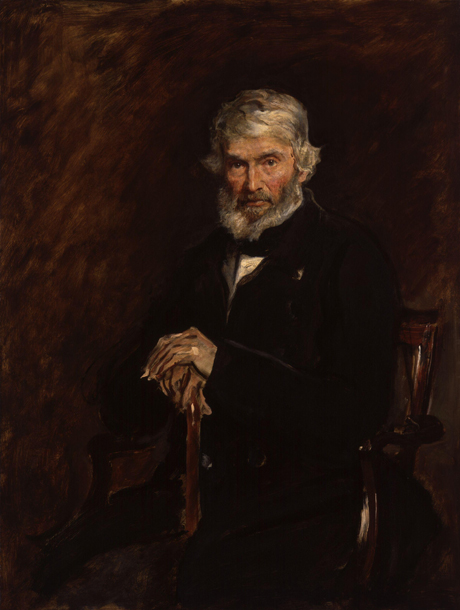
Thomas Carlyle (1877)
Thomas Carlyle portrait served as a rejoinder to James Whistler’s ‘more ambiguously designed and titled portrait of the writer, historian and social critic, exhibited in the Grovesnor Gallery in early May 1877, Arrangement in Grey and Black, No. 2 (Portrait of Thomas Carlyle) (III)… …Whistler’s picture is introspective, placid, slightly melancholy, but mostly inert. The subject could be anyone… Millais, by contrast, provides fully the face of Carlyle and an expressive treatment of his hair, which together give an idea of his state of mind in the last few years of his life.’
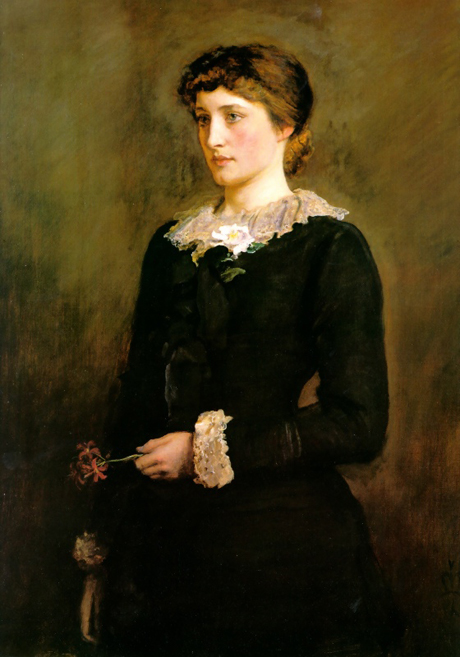
Lillie Langtry (1878)
'In A Jersey Lily exhibited in the Royal Academy of 1878, Millais painted the rage of the London social scene, Lillie Langtry, who had been born in Jersey and so was considered by him to be a compatriot…. The picture has a reserve that would not long be associated with its flambouyant subject, who cultivated the social persona of a professional beauty, and a formality that links it to a classical tradition – she resembles Greek Archaic kore figures of stiffly posed young girls with vacant stares.'
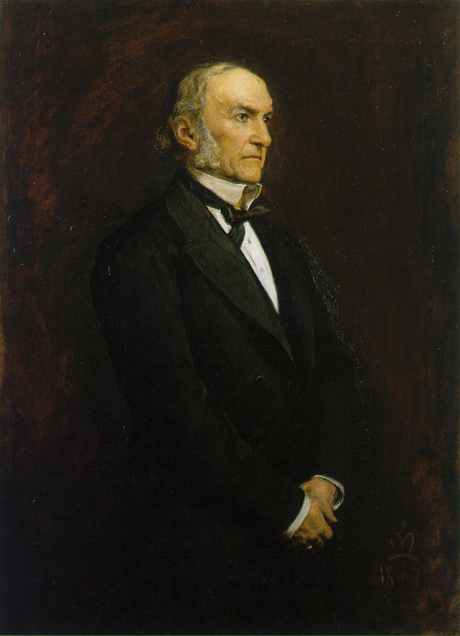
William Gladstone (1878-9)
‘Millias painted Gladstone first in 1878-9, exhibiting the painting in the Academy of that latter year, exactly one year before the sitter would begin his second term as Prime Minister, in April 1880…. Gladstone was painted at Millais’s urging, and the sitter, who had posed for many other portraits, described Millais’s intensity and extraordinary concentration.’
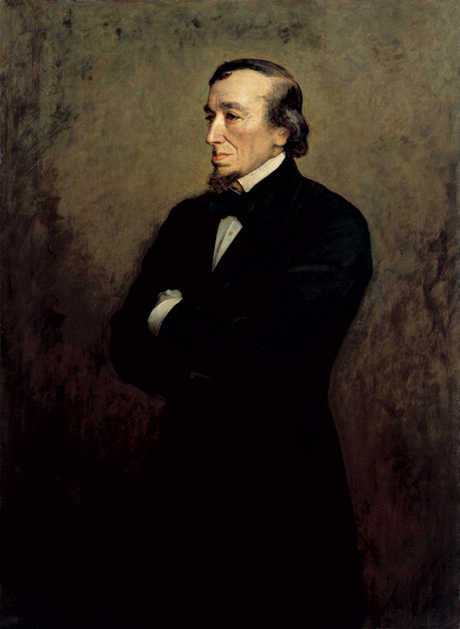
Benjamin Disraeli (1881)
‘Benjamin Disraeli was not made to stand for any length of time, as he was infirm… Such portraits were closely related to contemporary cartoons and photographs of the sitters, in their typical three-quarter lengths (from the knees up), lack of props and devices, and modulated brown backgrounds, which Millais preferred to outdoor settings or imagined images of the figures in their place of work. The result was a concentration both on the features… …and on his inner spirit, which Millais captured brilliantly.’